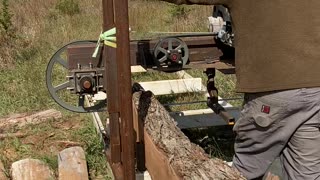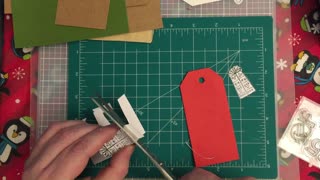Premium Only Content

Stars: Making the Invisible Visible
When I heard the learn’d astronomer,
When the proofs, the figures, were ranged in columns before me,
When I was shown the charts and diagrams, to add, divide, and measure them,
When I sitting heard the astronomer where he lectured with much applause in the lecture-room,
How soon unaccountable I became tired and sick,
Till rising and gliding out I wander’d off by myself,
In the mystical moist night-air, and from time to time,
Look’d up in perfect silence at the stars.
The famed American poet Walt Whitman composed the lines above, remarking on the difference between learning about the stars in a classroom setting versus actually going outside and glimpsing the night sky firsthand.
Although learning about the stars can certainly help us accentuate our appreciation of them, there is nothing that quite compares to the experience of sitting out underneath the night sky and gazing upward. Even in the best of circumstances, when we look up we only see a snapshot of the night sky’s majesty. Because our field of vision is in motion, speeding up time would allow us to see what we cannot: the way the night sky moves as the Earth rotates.
Louie Schwartzberg is a storyteller and filmmaker who has been shooting time-lapse photography of nature, 24 hours a day, seven days a week, non-stop. His work compresses time and puts you in sync with different forms of life within our interconnected world.
His work makes the invisible visible.
Through Louie’s camera, trained on the night sky in one spot, we see the earth’s rotation and the kinetic movement of the night sky as if we were pressing fast forward. Louie’s time lapse photography allows us to observe a phenomenon our eyes are not capable of perceiving on their own.
-
 1:05
1:05
brentaurban
4 years ago $0.04 earnedMaking lumber
274 -
 0:37
0:37
AdventureNow
4 years ago $0.01 earnedMaking waffles
831 -
 4:05
4:05
StringtigeR
4 years agoMAKING FIDEO
218 -
 31:01
31:01
Thrivetime Show: The ReAwakening versus The Great Reset
4 years agoVernon Davis - Dancing with the Stars | Making the Jump from Football to Business
61 -
 4:33
4:33
Nighthawk Creations
4 years agoMaking a Swan
736 -
 3:48
3:48
JP86
4 years agoMaking food
140 -
 0:28
0:28
Cinlou
4 years ago $0.03 earnedMaking Gloves
2642 -
 10:10
10:10
Nighthawk Creations
4 years agoMaking a Glass Dolphin
223 -
 7:15
7:15
Nighthawk Creations
4 years agoMaking a glass fish
84 -
 21:57
21:57
carolanns creative adventure
4 years agoMaking a gift tag
25